Tobacco Black Shank Management
Each year, tobacco growers suffer losses due to the black shank pathogen Phytophthora parasitica var. nicotianae , which is favored by heavy moisture and warm temperatures. Management of black shank relies heavily on the use of fungicides, which provide only some reduction of disease. Our goal is to improve black shank management through crop rotations, host resistance, and fungicide applications.
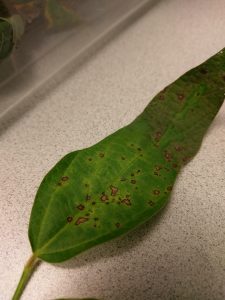 Fungicide Resistance Survey
Fungicide Resistance Survey
Soybean producers rely on fungicides to manage foliar diseases, such as frogeye leaf spot (Cercospora sojina). Over time, fungal pathogen populations can develop resistance to fungicides, which force companies and producers to seek alternative methods for control. Our goal is to combine field and lab approaches to determine effective fungicides and fungicide programs.
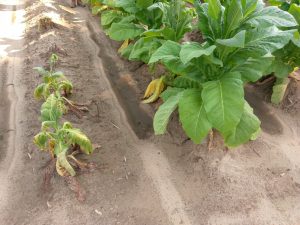
Host Resistance to Pathogens
The most effective way to manage field crop diseases is through the use of host resistance. Pathogens can overcome resistance with prolonged exposure, and production of new varieties takes considerable amounts of time. We evaluate host resistance to pathogens causing losses to field crops and tobacco in NC.
 Nematode Management in Soybean Production
Nematode Management in Soybean Production
The use of host resistance for management of soybean nematodes, primarily soybean cyst and root knot nematode, is not practical for soybean producers in North Carolina, and the use of fumigants is cost prohibitive. Currently we are evaluating seed treatments that may help reduce yield losses to these nematodes.

Management of Meloidogyne enterolobii in Tobacco
A recent introduction of a root knot nematode species (M. enterolobii) has caused significant losses in the few counties that it has been found in NC. Since there is no resistance to this nematode found in current tobacco varieties, we are assessing chemical control measures that may mitigate damages caused by this nematode.
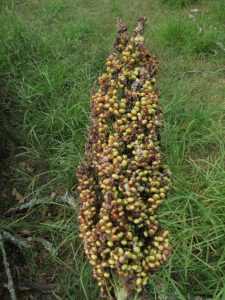 Fusarium Head Blight of Sorghum Management
Fusarium Head Blight of Sorghum Management
Fusarium infections of grains limit human and animal consumption due to the production of mycotoxins. With little to no tolerance for the presence of mycotoxins, chemicals are used to prevent infections by this fungus. We are presently assessing different chemicals for their use in sorghum production, as well as using inoculum detection tools to monitor airborne inoculum and mycotoxin potential of the Fusaria present.
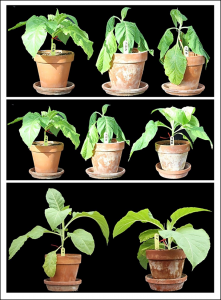 Management Granville Wilt of Tobacco Using Biocontrols and Organic Materials
Management Granville Wilt of Tobacco Using Biocontrols and Organic Materials
Organic tobacco producers presently have no proven tools to deal with infections by Ralstonia solanacearum. Additionally, conventional management requires the use of fumigants in heavily infested fields. To help disease management of this growing industry, we are assessing biocontrol organisms and organic materials in the field. We are also screening non-commercial biocontrol agents in the greenhouse for their potential future utility.
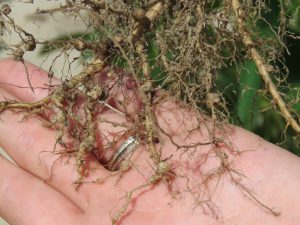 Management of Soybean Nematodes and Soilborne Diseases
Management of Soybean Nematodes and Soilborne Diseases
Soybean producers are economically limited for management strategies available for managing soilborne pathogens, like nematodes and fungal diseases. Because nematodes and fungal diseases can cause greater damages, we are investigating concurrent management of nematode and soilborne fungi. In-furrow applications and seed-treatments are being assessed for their efficacy. Additionally, the impact of aggressive nematode species interactions with soil pathogens and beneficial organisms are being assessed.
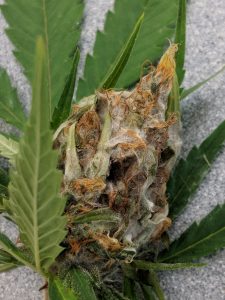 Managing Foliar Diseases of Industrial Hemp
Managing Foliar Diseases of Industrial Hemp
Since the start of the NC industrial hemp pilot, acreage of hemp has increased, as well as the diseases found on it. Foliar diseases, primarily Fusarium foliar blight, is particularly concerning and have minimal controls available. We are assessing potential conventional, organic, and biocontrol fungicides for industrial hemp and their potential reduction of foliar diseases. This project will also be used to generate data needed for labeling of chemistries on this emerging crop.